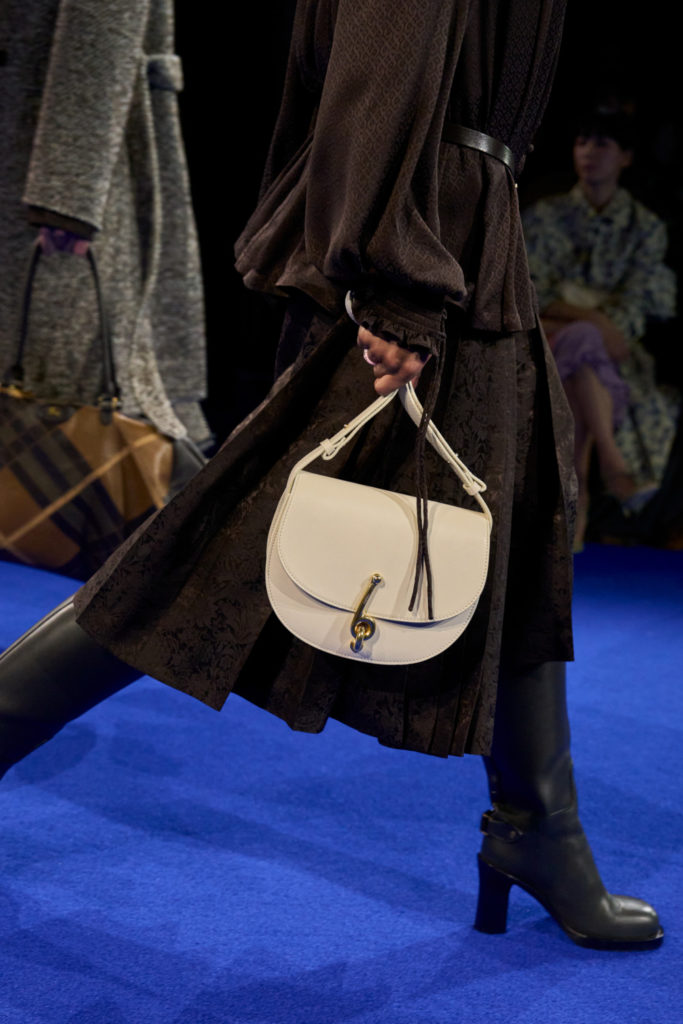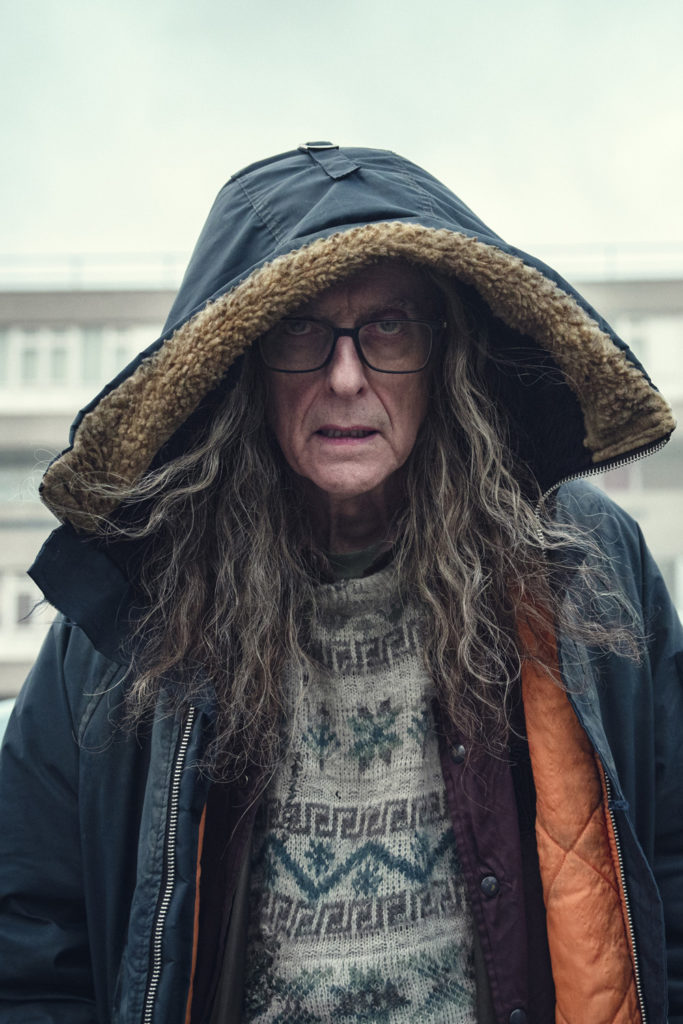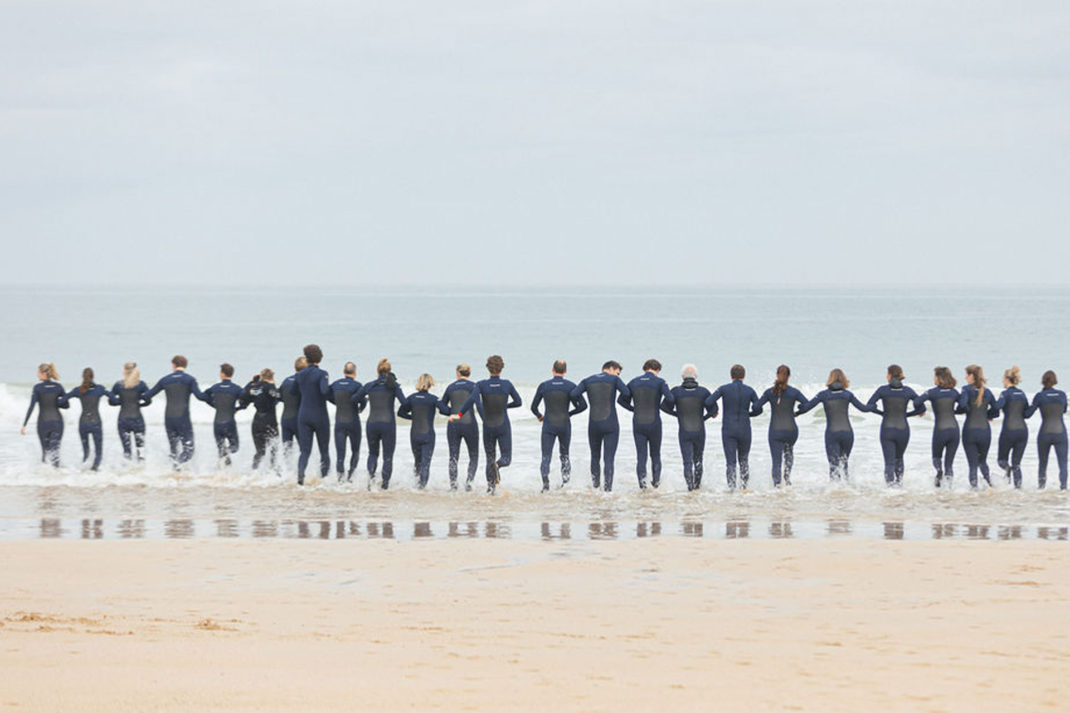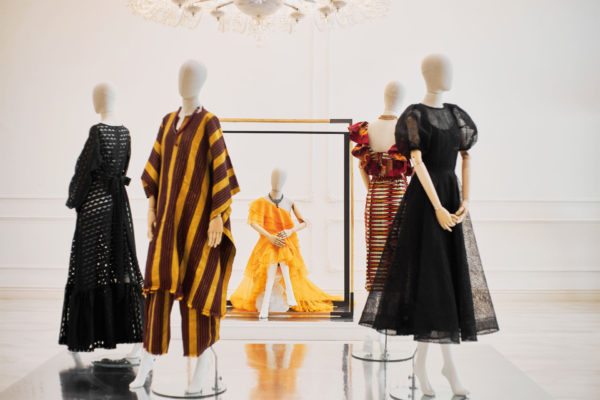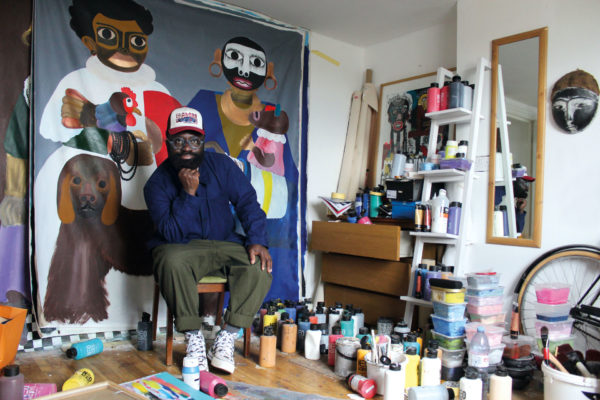Meet Glassblower Anselm Croze, Who Heats Kilns With Recycled Oil And Uses Waste Glass
By
12 months ago
Conscious, beautiful art

Lisa Grainger is entranced by a tale of glass art on the plains of Kenya, meeting Anselm Croze, the glassblower reimagining waste as art.
Meeting Kenyan Glassblower Anselm Croze, Who Repurposes Offcut Sheet Glass For Art

The artwork – mosaics and blown pieces created out of would-be waste…
Anselm Croze didn’t have much choice about becoming an artist. He was surrounded by it. His German mother, Nani, came from a long line of artists and when she arrived in Africa with her English naturalist husband, Harvey, in 1967, she had to be creative to survive.
When the couple bought a piece of land on the Kiserian Gorge overlooking Nairobi National Park in the 1970s, it was pretty wild. There was just one tree, but the plains were home to prolific wildlife. When a tent proved not to be safe enough, they built towers whose ladders they could pull up at night, when lions would prowl, then mud and thatch huts – between which Nani planted hundreds of trees, under which Anselm and his two siblings would play with their pets: a zebra, a duiker, various dogs and snakes and birds (including a vulture, called Vultch, who’d often, rather disconcertingly, sit on Nani’s head).
Ever creative, Nani spent her days creating imaginative spaces, and filling them with paintings and eccentric sculptures and murals. When it was suggested to her that making stained glass windows for the churches might make her some money, she took herself to London to do a three-week stained-glass course at Goddard & Gibbs.
Today, it’s hard to believe that her home and Kitengela glassworks – 45 minutes’ drive from Nairobi – is the same arid, treeless plain on which the couple erected their tent in 1979. Above the gorge, where leopards still prowl, grows a blanket of green trees. Amid the greenery, clutches of organic, Flintstones-meets-Gaudi-esque buildings sprawl, their multi-coloured stained-glass windows sparkling in the sunshine, amid wildly imaginative mosaic-coloured creatures: a dragon, perhaps, or sculpted bird with glass-adorned wings. And at the heart of it rises a giant Florentine-style brick kiln in which Anselm runs his glassblowing atelier.

Extraordinary designs full of wriggles of colour
Like everything around here, Anselm admits, the dome was built bit by bit ‘as we had money: I sold a goblet I’d made, buy a few bricks’. As a young man, the Kenyan had gone to learn glassblowing in Holland with Willem and Bernard Heesen and been introduced to the Finnish glassblower Mikko Merikallio who taught him how to build a furnace. Being in the middle of the bush, with no mains electricity, he needed to generate his own power. So they started to collect recycled engine oil and heated the kilns with that. They lit the space by inserting into the ceiling bottoms of old bottles – in a pattern that replicates the position of the stars in the skies – through which shards of light shine. And to blow glass, they melted offcuts of sheet glass discarded by construction sites.
The process is not entirely green, the 58-year-old glass-maker admits – he’d love to have the funding to construct a big enough solar farm to power the works. But since they opened it in 1990s, Kitengela Glass has re-used ‘hundreds of tonnes, I reckon’ of waste glass that would have ended up in landfill and thousands of litres of discarded oil. It employs over 90 staff, from glass-blowers to retailers, who sell its organic ranges – from the best-selling see-through, bubbled glass tumblers to wildly coloured bespoke light-fittings for hotels. And it has created a model which has now been widely copied in other countries.

Anselm creates bespoke fittings for a number of consumer and retail customers
Anselm’s next task is to polish what Nani built. The founder, now 80, no longer has the strength to run the operation (which is not a bad thing, Anselm admits, given how frequently they fell out). So he’s refurbishing her extraordinary organic cottages to turn into a boutique hotel and gallery to show her work; transforming the business digitally; harnessing greener power and holding more classes to teach next generation to turn waste glass into something useful.
What they’ve achieved, from nothing, he says proudly, is ‘to produce a great Kenyan product with a proud Kenyan ethos. We’ve taken it online worldwide – boxes now go out from here to all over the globe. The next step is to go solar. It’s a big ask – but look how far we’ve come…’

